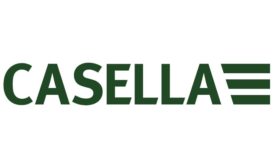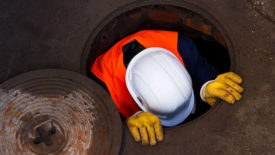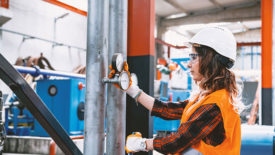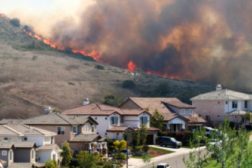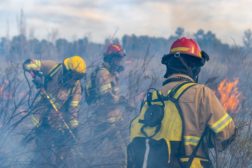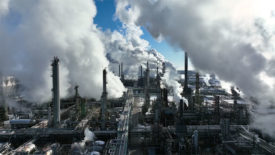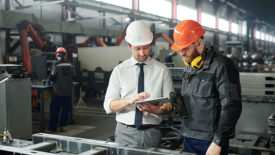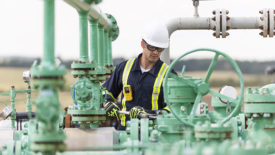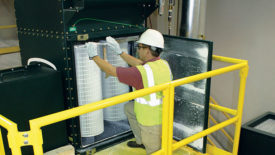Home » Keywords: » air quality
Items Tagged with 'air quality'
ARTICLES
Don’t let safety slip through the cracks
Leak detection and repair crucial maintenance practices
February 10, 2023
Become a Leader in Safety Culture
Build your knowledge with ISHN, covering key safety, health and industrial hygiene news, products, and trends.
JOIN TODAYCopyright ©2025. All Rights Reserved BNP Media.
Design, CMS, Hosting & Web Development :: ePublishing

